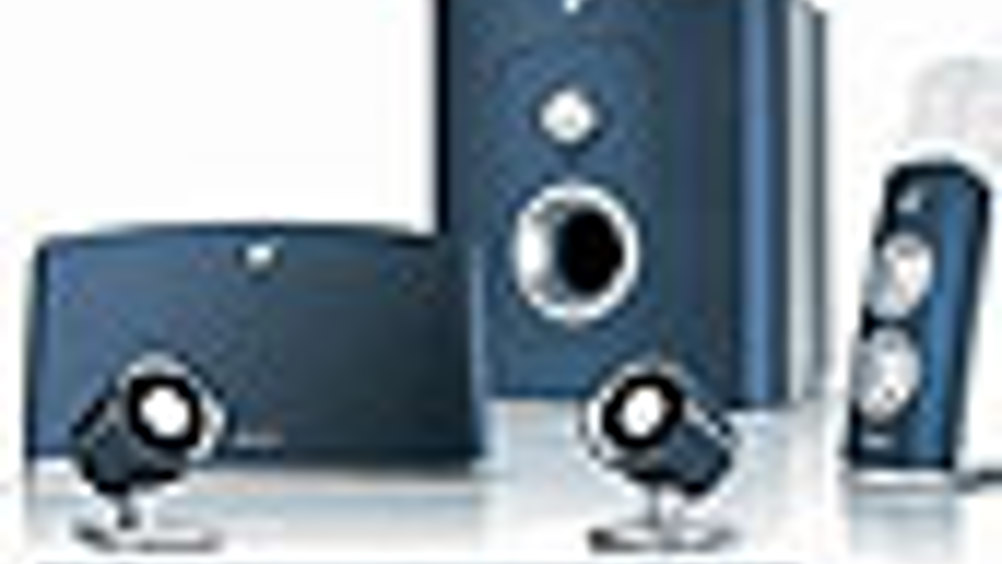Music to the ears
Scientists hope to add a new dimension to music with technology that will transport digital home entertainment system users into the venue of performance.

Scientists hope to add a new dimension to music with technology that will transport digital home entertainment system users into the venue of performance.
In collaboration with
sound recording engineer Prof Francis Rumsey, Dr Zoran Cvetkovic, a digital signal-processing engineer at
, is developing five-to-10 channel audio software.
This will give music lovers such a realistic experience that they will be able to accurately identify the type of venue in which the music was recorded (the 'envelopment experience') and where in the venue instruments are being played, no matter where they are in the room in relation to the speakers.
However, the researchers need to understand what constitutes a convincing musical illusion before they can apply those parameters to their technology.
They will investigate a number of factors to find the ideal ways of capturing sound field cues, such as the time difference between the ears, known as interaural time difference (ITD) and intensity differences between the ears, known as interaural level difference (ILD). Then they will recreate them using a multi-channel playback system to give the most credible illusion of the original sound field.
Register now to continue reading
Thanks for visiting The Engineer. You’ve now reached your monthly limit of news stories. Register for free to unlock unlimited access to all of our news coverage, as well as premium content including opinion, in-depth features and special reports.
Benefits of registering
-
In-depth insights and coverage of key emerging trends
-
Unrestricted access to special reports throughout the year
-
Daily technology news delivered straight to your inbox










Water Sector Talent Exodus Could Cripple The Sector
Well let´s do a little experiment. My last (10.4.25) half-yearly water/waste water bill from Severn Trent was £98.29. How much does not-for-profit Dŵr...